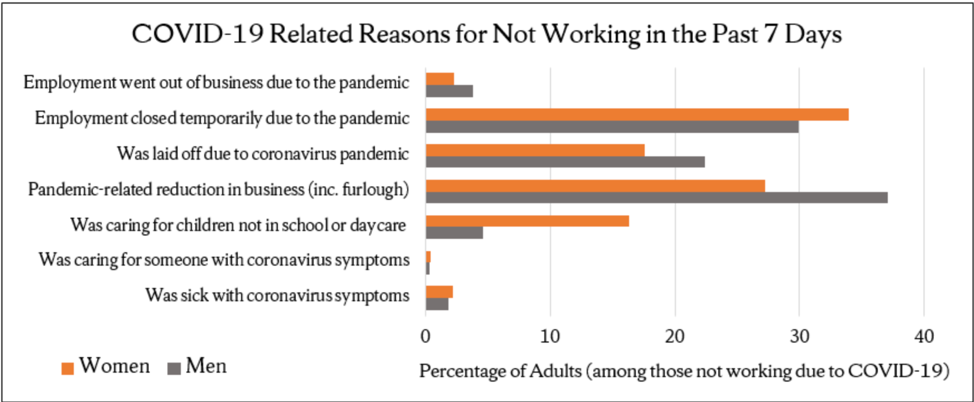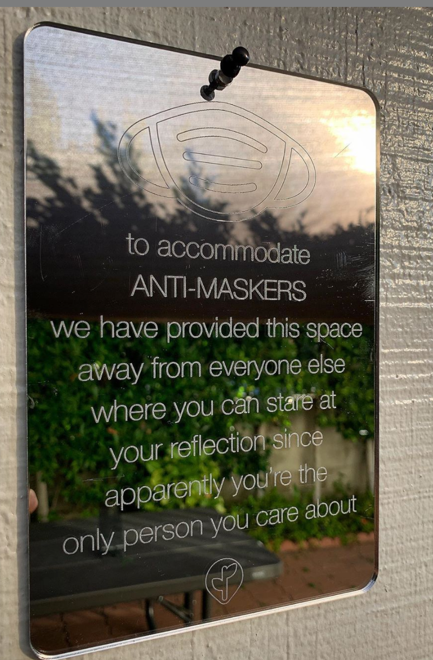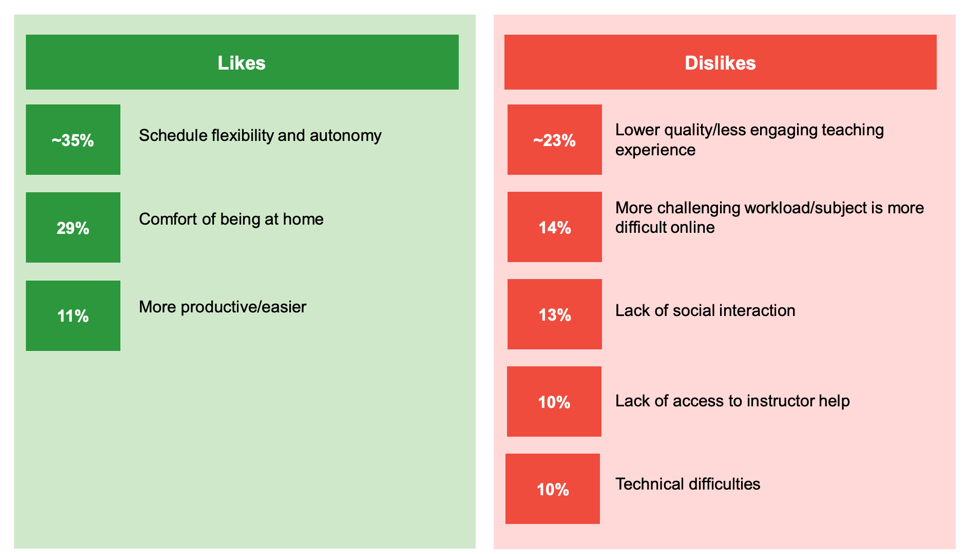 Covering COVID-19 is a daily Poynter briefing of story ideas about the coronavirus and other timely topics for journalists, written by senior faculty Al Tompkins. Sign up here to have it delivered to your inbox every weekday morning.
Covering COVID-19 is a daily Poynter briefing of story ideas about the coronavirus and other timely topics for journalists, written by senior faculty Al Tompkins. Sign up here to have it delivered to your inbox every weekday morning.
I wish I was the first one to think of looking into this, but The Washington Post was way ahead of me. They found inflatable backyard kiddie pools are in such demand that they are sold out in some places (although I found Amazon, Walmart and the other usual suspects still offering them). USA Today did some checking and offered a list of where to go.
The photos in the Post piece were just priceless, especially along with this:
“To work all day and just get out of the stale air conditioning and into this nice body of water with my little cocktail and just sit there for 45 minutes and relax,” said Heather Hart, 43, of Minneapolis. “It was lovely. Totally worth $124.” (Even though her dogs are scared of it, and it’s killing some of her grass.)
Makisha Thompson, 46, of Stockbridge, Ga., was brainstorming with six friends about safe, socially distanced ways to see each other. They realized they could each get their own inflatable pool for $22.
“We literally went from Aldi to Aldi,” she said, referring to the supermarket chain, “looking for these pools until we had enough.”
It took hours to fill them all up. The women then separated the pools with tiki torches and arranged them in a circle around a giant watermelon-shaped sprinkler Thompson found at Walmart. Then they settled in for a sunny afternoon drinking boozy punch. “We call ourselves the little backyard beauties,” Thompson said.
I can imagine your readers/viewers/listeners sending you photos of their inflatable spas.
Now, as some of you know, I grew up in Kentucky and didn’t know a single person who had a swimming pool — but you can build a pool out of bales of hay and a tarp.
The Houston Chronicle found people using livestock water trough tanks as pools. That’s a great idea. They are made from galvanized steel and are actually made to hold water, so you can have a little confidence that they’ll endure rowdy kids.
The gender gap in work hours: Women have lost five times more work hours than men
Without a doubt, this topic will become more pronounced in the months ahead as children — who typically would go back to school around this time — are at home as much as they are in classrooms. Who will stay home with the kids and who will go to the workplace?
A new study found, so far, mothers with young children “have reduced their work hours four to five times more than fathers. Consequently, the gender gap in work hours has grown by 20 to 50%. These findings indicate yet another negative consequence of the COVID‐19 pandemic, highlighting the challenges it poses to women’s work hours and employment.”
That study tracks well with another from Syracuse University where researchers found, “Women have consistently taken on a larger share of caretaking responsibilities than men in the U.S. This has typically included caretaking of children as well as elderly parents. New data from the Census show that this disparity is continuing during the COVID-19 pandemic.”

80% of U.S. adults who weren’t working because they had to care for their children who were not in school or day care were women. (Chart from the Lerner Center for Public Health Promotion at Syracuse University, data from the U.S. Census)
This data should awaken employers and management (including at newsrooms) to consider how flexible schedules will become critically important in the months ahead, especially for women. Reconsiderations will need to include everything from when or if to schedule mandatory meetings to whether there is flexibility to match workdays with the days employees’ children are in school or at home.
The New York Times has produced a number of articles on this topic that I recommend. First, there is a story about this very issue of women giving up more work hours than men. And these others:
- Pandemic Could Scar a Generation of Working Mothers
- Nearly Half of Men Say They Do Most of the Home Schooling. 3 Percent of Women Agree
The end is near for $600-a-week federal unemployment benefits
A week from Friday, the $600-a-week supplemental federal unemployment checks will end for 25 million Americans unless Congress extends the benefits, and that is not promised.
Put another way, about one in five American workers got the benefits last month. If this program ends or changes significantly, it will affect a big percentage of your listeners/viewers/readers.
Republican senators are leaning toward lowering the unemployment benefits to between $200 and $400 a week.
Most states provide up to 26 weeks of unemployment benefits from the regular state-funded unemployment compensation program, although six states provide fewer weeks and one provides more.
If the hit comes, it will be felt not only by the unemployed but by grocers, landlords and the broader economy. Cutting off benefits to so many people at once would reduce their collective spending power by nearly $19 billion per week.
“However you slice these numbers, we’re talking about very large amounts that mean quite a bit to workers and to the macroeconomy,” said Ryan Nunn, who leads applied research at the Federal Reserve Bank of Minneapolis.
In an interview last week, Nunn said the extra jobless benefits have acted as an important crutch for the economy. Without them, the U.S. would likely have experienced more defaults on car loans and credit card bills and more people falling behind on their rent. That’s one reason congressional Democrats argue that the government should keep the $600-a-week payments flowing.
The federal unemployment payments changed the way the economy acts during a recession. Usually, people reduce their spending when they take unemployment benefits. But a new study by JP Morgan Chase found people who got the $600-a-month payments increased their average monthly spending by 10%. The study said:
As a result, for benefit spells which begin after workers receive this supplement, we find dramatically different spending patterns for the unemployed compared to normal times. Although average spending fell for all households as the economy shut down at the start of the pandemic, we find that unemployed households actually increased their spending beyond pre-unemployment levels once they began receiving benefits. The fact that spending by benefit recipients rose during the pandemic instead of falling, like in normal times, suggests that the $600 supplement has helped households to smooth consumption and stabilized aggregate demand.
There are political ramifications to all of this, of course. If Congress sunsets all or some of the federal benefits and spending goes down, foreclosures increase, the economy slows and the recession deepens, it is not a good look for the incumbent party during an election season.
Family businesses are both closing and reinventing
Nearly every community has already or will see the death of legacy family businesses in this economic downturn. Some of these family businesses were already struggling and the disruption hastened their deaths. But the collapse of a family business can leave the generations that inherited the business to feel like failures, and towns can lose civic partners and a little bit of their historic soul.
And still, some family businesses are pushing on, reinventing and even reinvesting. That story deserves to be told, too. The Conway Center for Family Business provided some context for reporting about the importance of family businesses.
Family businesses account for 64% of U.S. gross domestic product, generate 62% of the country’s employment, and account for 78% of all new job creation.
Family-owned businesses are the backbone of the American economy. Studies have shown about 35% of Fortune 500 companies are family-controlled and represent the full spectrum of American companies from small business to major corporations.
The greatest part of America’s wealth lies with family-owned businesses. According to the US Census Bureau, family firms comprise 90% of all business enterprises in North America.
The Conway Center said close to a third of family businesses pass on to a new generation, but in the last five years, that tradition has dropped fast.
What truly drives many family businesses is the sense of connection and identity the owners and their family members feel with the business.
The mean age of family control in the family’s core company is 60.2 years.
More than 30% of all family-owned businesses make the transition into the second generation. 12% will still be viable into the third generation, with only 3% of all family businesses operating at the fourth-generation level and beyond.
Recent research indicates, however, that the first transition has changed to 19% in the last 5 years. This is thought to be due to Millennials not wanting to take over the traditional family business, but perhaps selling and using the proceeds to start a different, but still family controlled, enterprise.
What are the oldest businesses in your community? Who started them and why? How did they survive other challenges and what is their prognosis now?
The Kellogg School of Management reported that many family-owned businesses are “uniquely prepared” for the rough times ahead. Jennifer Pendergast, director of the Center for Family Enterprises at the Kellogg School said, “Family businesses are likely better set up to pivot their long-term business models. After all, few businesses that have been around for generations have done exactly the same thing that whole time.”
Banyan Global, a business adviser, has been running an ongoing survey of family-owned businesses and found that “40% reported a significant negative impact and 5% are at risk of failing.” The survey said the economic downturn has had a secondary impact of increasing family tensions. But, interestingly, nearly as many families have said the COVID-19 economic hardships have had a positive impact on families in business together.
The Banyan Global survey also said the economic downturn increased how much family members are involved in their businesses and increased communication with customers and employees. Some businesses said this crisis has forced them to reinvent and innovate, which they said was overdue.
If colleges open, students say they will come
College students told College Reaction/Axios pollsters they would avoid parties and stay socially distanced if colleges reopen in a few weeks.
College students promising they would avoid parties if they can just get away from living with their parents and return to school sort of reminds me of my kids promising they will take care of a puppy if we would just say “yes.”
There are several factors that figure into why students want to return to school. One is that a significant portion of them don’t like to take classes online. An EY-Parthenon survey of 3,675 current college students taken right after spring classes ended showed more than a fourth of four-year students thought virtual learning was unsatisfactory.
The Bahamas banned U.S. travelers
Effective Wednesday, the Bahamas is closing its doors to most international vacationers, including U.S. travelers, because of COVID-19.
CNN Travel said, “The Bahamas’ move is significant as 50% of the nation’s gross domestic product of $5.7 billion comes from tourism alone, according to the Bahamas Investment Authority, with the majority of the 5.5 million tourists who visit the Bahamas each year coming from the U.S.”
One good thing
It may just be that humans, like birds, have a need to sing and respond to it, too. About 42.6 million Americans, representing about one in five households, sing in one of 270,000 choral groups.
As you know, singing in a chorus is among the activities that experts tell us to avoid because when we sing we exhale a lot of air and, possibly, infected droplets.
The pandemic, perhaps like all mostly awful things, has produced innovations and kindness. The virtual chorus is one of those good things. This one, released last week, involves 17,000 singers from around the globe.
The times in which we live
A Chicago design company refined a sign first posted by the Chicago Bagel Authority restaurant.

A sign reads: “to accommodate anti-maskers we have provided this space away from everyone else where you can stare at your reflection since apparently you’re the only person you care about.”
We’ll be back tomorrow with a new edition of Covering COVID-19. Sign up here to get it delivered right to your inbox.
Al Tompkins is senior faculty at Poynter. He can be reached at atompkins@poynter.org or on Twitter, @atompkins.









